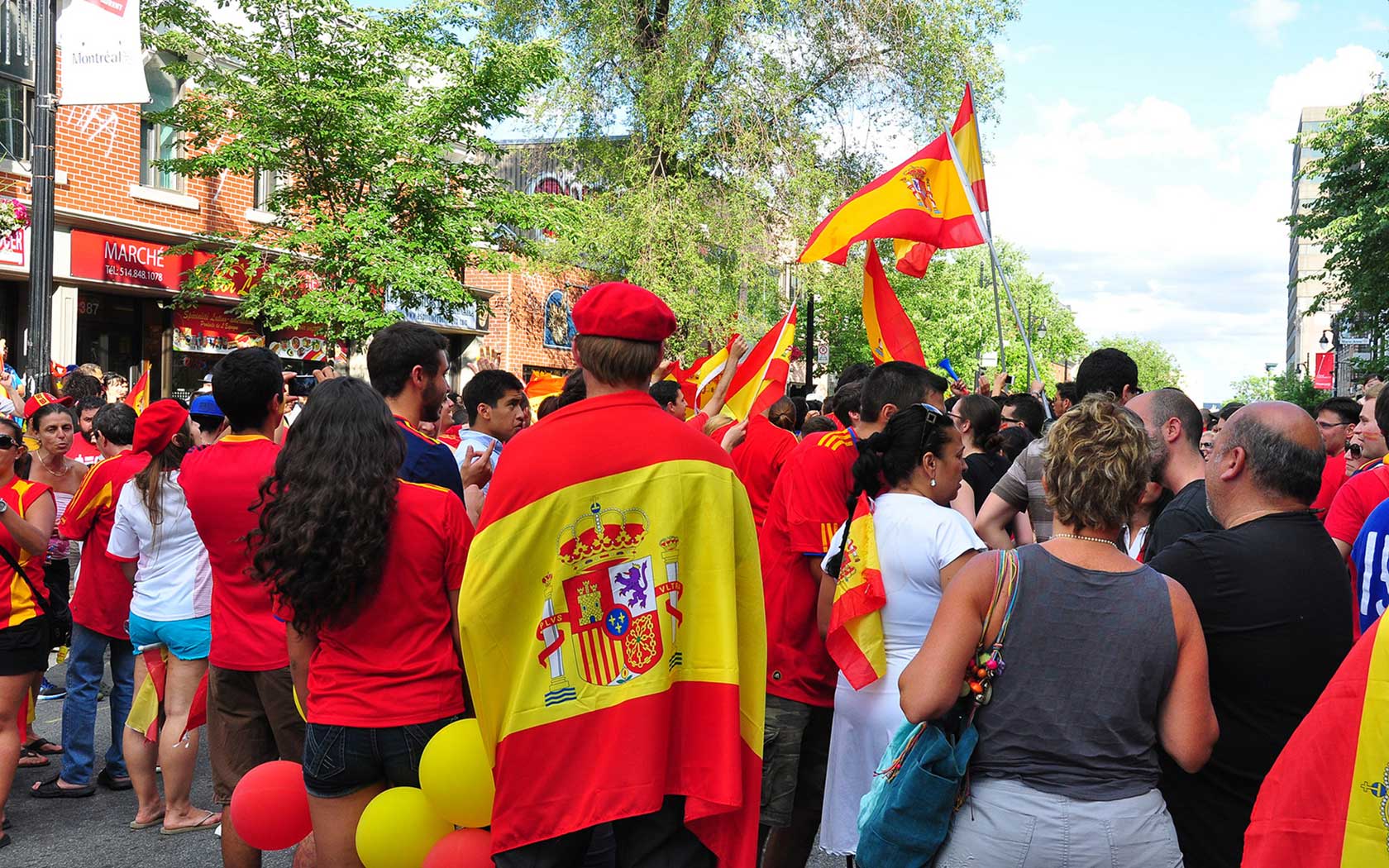Yes, it’s possible! You can, in fact, speak like a local. Spanish is an accesible language spoken by genuinely friendly people. With the right kind of practice, and our advice on how to speak Spanish like a Spaniard, you’ll move one step closer to your goal of total or partial fluency. Read on!
Castilian?
Would it surprise you to know that the Spanish language is not really called Spanish but Castilian? Castellano, as the locals say, refers to the tongue the rest of us know as Spanish. Why? Castilian refers to the central region of Castile where the roots of the mother tongue can be traced.
Careful!
And on that note… Spain’s co-official languages! While Castilian Spanish is Spain’s only official language nationwide, not everyone in the country identifies with it. In fact, there are several co-official regional languages — Basque, Catalan/Valencian, Galician and Occitan (Aranese)! It’s important to check, when travelling in Spain, which tongue is spoken, as linguistic and cultural identity are extremely important in some areas of the country.
Vosotros
If you’ve learnt Spanish in Latin America, or have been studying it in the United States, for example, you’ve likely never heard of the word ‘Vosotros’. The second-person plural pronoun — catch you breath! — is used in informal situations and thus replaces ‘Ustedes‘, the formal pronoun used in Latin America and the Canary Islands.
La, lo, le
Another major difference between Latin American and Castilian Spanish is the use of the direct object ‘le’. While in Latin America, you’ll hear ‘la’ or ‘lo’ in reference to people or objects, in Spain ‘le’ prevails. How so? Have you seen Pedro in Madrid? ‘¿Tú le has visto a Pedro en Madrid?’ while in Latin America, ‘¿tú lo has visto a Pedro?‘.
Uncle?
Walking the streets of Spain, one aspect of the local vocabulary that might stump you is the use of ‘uncle’ and ‘aunty’. A little like the words ‘man’ or ‘dude’ in English, ‘tío’ and ‘tía‘ are informal ways of referring to one’s friends or acquaintances.
/Θ/
Perhaps the clearest example of differences between Latin American and Castilian Spanish, is the pronunciation of the letter ‘z’ before all vowels and ‘c’ before the vowels ‘e’ and ‘i’. Unlike in Latin America where these letter combinations produce an ‘s’ sound like… well, the word ‘sound‘… in Castilian Spanish, a /θ/ sound is employed, similar to the ‘th’ (like ‘thing’) in English.
Chulo
Castilian Spanish might be the language’s most traditional form (just ask the Real Academia Española), it’s not shy to change. Hence, the Spanish you’ll learn in Spain includes a rich collection of words you won’t hear anywhere else. Let’s start with ‘chulo’, the Spanish way to say ‘cool’. And don’t forget, ‘guay’ (pronounced a little like ‘why‘), also meaning ‘cool’.
Ordenador
When it comes to certain modern tools, Spanish in Latin America has often looked directly to the north (North America) rather than the Old World (Spain) for guidance. Ordenador is a perfect example of another major difference between Castilian Spanish and Latin American Spanish. Like ‘móvil’ for cellphone (instead of ‘celular’), the Spanish say ‘ordenador’ instead of ‘computador/a‘ for computer.
Vale
‘¡Vale, tío!’ We’ve made it to the end of the list, having almost forgotten one of the most important words in the Spanish vocabulary. ‘Vale‘ is the Spanish term for ‘okay’ or ‘fine’. And it’s as simple as that!
Originally published on Ailola by Jayson McNamara on June 9, 2015.
